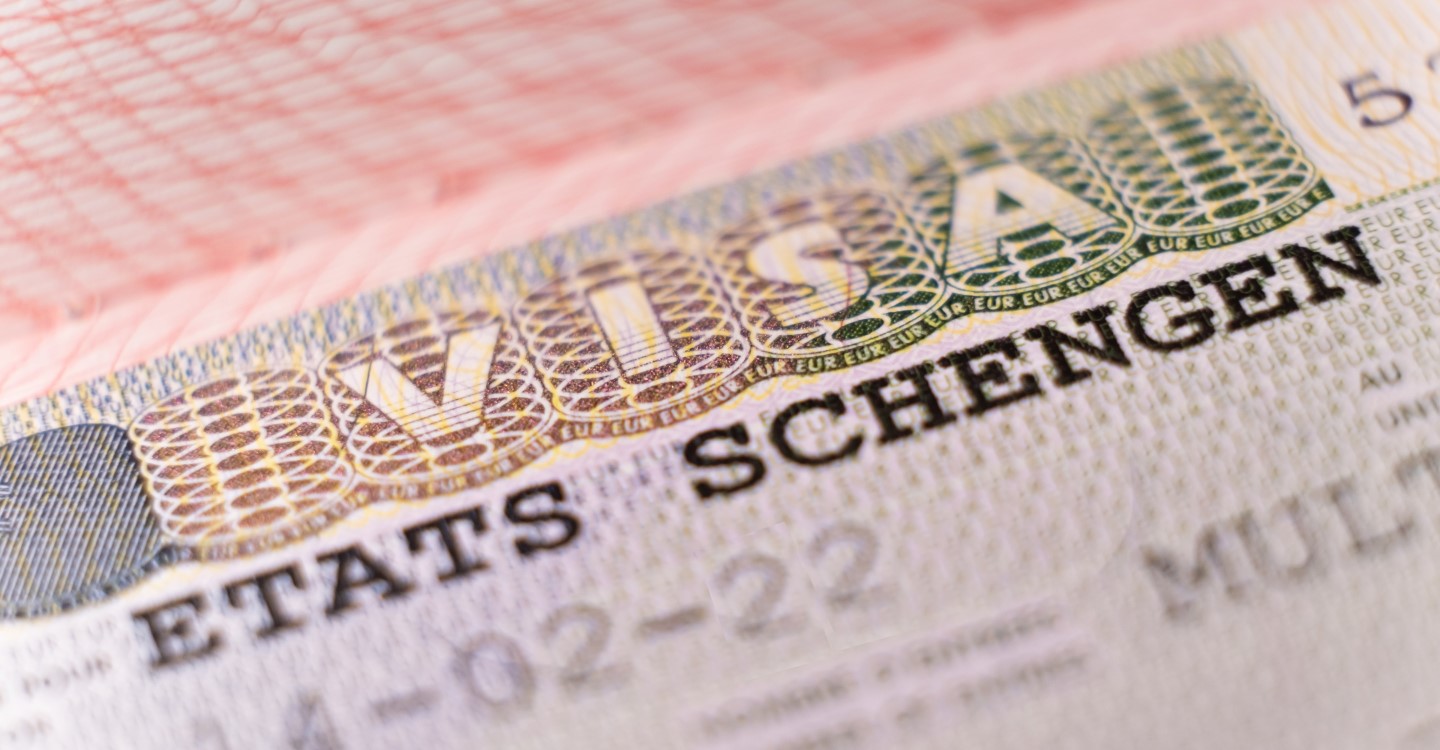
The Schengen visa is not only a valuable travel document but also a gateway to incredible opportunities for residents of the United Arab Emirates (UAE) to explore several European countries. This short-term visa enables individuals to travel seamlessly within the Schengen area, eliminating the need for multiple passport stamps and border control measures. Whether you have your sights set on the charming streets of Vienna, the romantic allure of Paris, the historic landmarks of Berlin, the artistic treasures of Florence, or any other captivating destination within the Schengen region, this comprehensive guide for Schengen visa will equip you with all the necessary information to successfully apply for it in the UAE.
The Schengen Agreement, signed in 1985, brought about the creation of the Schengen area—a zone comprising 26 European countries that have abolished internal borders, allowing for the free movement of people. This agreement has revolutionized travel within Europe, making it incredibly convenient for travelers to explore multiple countries without encountering cumbersome border checks or the need for individual visas for each destination.
For residents of the UAE, the Schengen visa opens doors to an array of cultural, historical, and natural wonders spread across the continent. Whether you are planning a leisurely vacation, a business trip, a study program, or visiting family and friends, obtaining a Schengen visa will enable you to enjoy a seamless travel experience within the Schengen area.
Entry Requirements for Schengen Visa
While UAE passport holders have enjoyed visa-free access to Schengen countries since May 2015, changes are underway. Starting in 2024, UAE citizens will need to apply for an ETIAS visa, valid for three years, before traveling to Europe. However, certain entry requirements still apply, including:
- Valid UAE passport or travel document, with a validity of at least three months beyond the intended stay in Europe.
- Evidence of the purpose of visit, such as an invitation letter for business or conference-related trips, or a detailed itinerary for tourism purposes.
- Proof of sufficient financial means to support the stay in the Schengen area, such as bank statements, sponsorship letters, or proof of prepaid accommodation and transportation.
- Additional documents may be required by specific states, such as a medical insurance certificate, proof of employment or education, or a criminal record certificate.
Requirements for Schengen Visa Application
There are four types of Schengen visas: business visa, tourist visa, visitor visa, and transit visa. The specific requirements may vary depending on the type of visa, but generally, the following documents are necessary:
- Fully completed and signed Schengen visa application form, available on the website of the embassy or consulate of the Schengen country you intend to visit.
- Valid passport, no older than 10 years, with a validity of at least three months beyond the planned departure from the Schengen Zone. The passport must also have at least two blank pages for visa stamps.
- Two recent photos according to Schengen states' standards, usually in color, with a plain background, and a specific size.
- Proof of a valid residence permit in the UAE, valid for at least three months after the intended departure from the Schengen area.
- Travel flight itinerary with roundtrip reservations from the UAE to the Schengen Zone, indicating the exact dates of entry and exit. It is advisable not to purchase actual tickets until the visa is approved.
- A cover letter explaining the purpose of the trip, specifying the countries to be visited, and providing other relevant details such as the duration of stay, accommodation arrangements, and planned activities.
- Proof of accommodation, such as hotel bookings, rental agreements, or letters of invitation from hosts. The accommodation should be in line with the itinerary provided.
- Proof of financial means, such as bank account statements showing sufficient funds to cover the expenses during the trip. The amount required may vary depending on the destination and the duration of stay.
- Europe Travel Insurance with a minimum coverage of 30,000 euros, offering medical, emergency, and repatriation expenses. The insurance should be valid for the entire duration of the trip and cover all Schengen countries.
Applying for the Schengen Visa
To apply for a Schengen visa in UAE, follow these steps:
- Determine the embassy or consulate of the Schengen country you intend to visit and familiarize yourself with their specific visa application process. Each country has its own procedures, so it is important to visit their official website or contact them directly for accurate information.
- Schedule an appointment at the appropriate embassy, consulate, or visa center. Some Schengen countries outsource their visa services to external service providers, so make sure to follow the instructions provided on their website.
- Prepare all the required documents according to the checklist provided by the embassy or consulate. It is essential to have all the documents in the specified order to avoid any delays or complications.
- Attend the visa interview with all the required documents. The interview is conducted to verify the information provided and assess the purpose of the trip. Be prepared to answer questions about your itinerary, accommodation, financial means, and any other relevant details.
- Pay the visa fee at the time of the application submission. The Schengen visa fee is subject to change, so check the current fee and payment methods accepted by the embassy or consulate.
- Wait for a response as the embassy processes your visa application through EU security systems such as the Visa Information System and Schengen Information System. The processing time typically takes around 15 days, but it may vary depending on the embassy's workload and the time of the year.
- Once a decision is made, you will receive a response regarding your visa application. If approved, you can collect your passport with the visa from the embassy, consulate, or visa center. In case of a refusal, the embassy will provide a reason for the rejection, and you may have the option to appeal the decision.
Schengen Visa Fee
The Schengen visa fee is subject to change, and the current fees (in AED) are as follows:
- Adult: 340 AED
- Children between 6-12 years of age: 170 AED
- Children younger than 6 years of age: Free
- Holders of diplomatic and service passports: Free
- Family members of an EU/EEA national: Free
- Note: The visa fee is subject to the current exchange rate and may change without notice.
Apply Online for a Schengen Visa Soon
In an effort to improve the accessibility and security of the Schengen Visa application process, the European Union Council plans to digitize the process. The proposal includes introducing online applications for Schengen Visas and replacing the current visa sticker with a digital version. This initiative aims to enhance the practicality and security within the Schengen area, making it more convenient for applicants to submit their visa applications and reducing the reliance on physical documents.
Conclusion
Applying for a Schengen visa in the UAE is a straightforward process, but it requires careful attention to detail and adherence to the specific requirements of the Schengen country you plan to visit. By following the steps outlined in this guide, gathering the necessary documents, and applying well in advance of your travel dates, you can increase your chances of obtaining a Schengen visa successfully. Remember to check for any updates or changes in the visa application process and fees, as they may vary over time. With your Schengen visa in hand, you can embark on your European adventure with ease and explore the diverse cultures, stunning landscapes, and rich history of the Schengen countries. The upcoming digitization of the visa application process will further streamline the procedure and provide applicants with greater convenience and security.








































































































































































































